
Turkish lamps and warm hospitality seemed ubiquitous
Turkey is full of fantastical lamps, but you don’t need to rub them to have at least three wishes come true. The luxuries of good eating, shopping, and spa-ing are not new to Istanbul, which has culled for centuries from Europe, Asia, and Africa. Before we boarded our “Ancient Mysteries” cruise on Holland America’s Noordam, my girlfriend Jamey and I indulged in pleasures worthy of the Sultanas of the 1400s and 1500s.
Ottoman Eats- The Matbah

Part of the Matbah menu featuring Ottoman food, Istanbul
This unique restaurant highly recommended by friends offers culinary time travel. Many dishes were researched from previous centuries, and the 32 Ottoman Empire menu selections are all from the “Kitchen of the Sultan,”—truly palatial for the palette
Enticingly, the menu includes the date of the earliest known recipe of the dish, if it’s known. For the cold plate, I chose the Karidye Pilakisi (Shrimp Stew), which had the notation, “In 1473, during the month of Sha’ban, the palace bought shrimps for an amount of three silver coins almost everyday.” Still delicious today, even when paid for with plastic.
For the entrée, it was a tough choice with so many temptations. I narrowed it down to Yufkada kuzu incik, begendili: “baked lamb shank on a bed of pureed eggplant, served in a pastry bowl” with 1463 as the first known recipe (before Columbus sailed!) or Zire-ba (mutencene): “Diced lamb with dried apricots, raisins, honey and almonds baked slowly in an earthenware casserole.” The latter was dated 1300-1463, so I went for the oldest and my taste glands were richly rewarded.

Shrimp stew, an Ottoman dish, Istanbul
The menu credits Ottoman Cuisine as coming from Middle Asia, the Balkans, the Middle East, Mediterranean, and European cooking traditions. It seems that fusion feasts are not new.
The outdoor, upper floor patio setting provided breezes, and as hundreds of birds flew overhead in the sky of pastels, the call to prayers of the muzzeins also filled the air, reminding us of other traditions that have survived the centuries.
Our first day in Istanbul felt complete, and we looked forward to how we would conclude our next day set to explore the standing history of mosques and palaces from half a millennia ago.
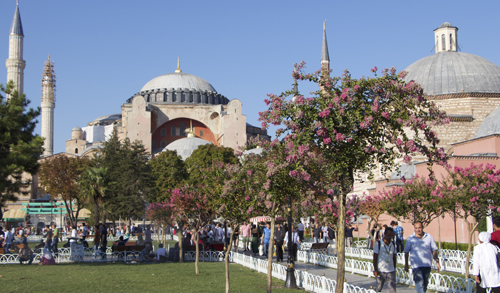
The dark pink building to the right houses the women’s Hamam founded in 1556
Spa- Hamam Style
To enjoy the kind of spa treatment that the top harem women and wives and mothers of Sultans enjoyed, we headed to the Ayasofia Hurrem Sultan Hamam, founded in 1556 by Sulieman the Magnificent, and elegantly renovated in recent times. Humams are traditional Turkish bathing houses segregated by gender. Istanbul has several high-end ones – some very old and some part of new high-end hotels.
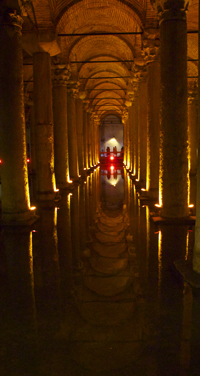
Over 300 marble pillars support the underground cisterns built in the 6th century. photo by lisa te sonne
This humam is located in the center of the historic district and an unforgettable capper to a day of sight-seeing. Just a few-minutes walk away are the magnificent Hagia Sophia, with both Christian and Islamic beauty; the striking Blue Mosque; the remnants of the Hippodrome; and the underground waters of the Byzantine “Basilica Cisterns,” which were started in the mid 6th century. There are scintilating treasures for the eyes, mind, and soul, but for the sensual pleasures of the body, enter the Hamam’s marbled and domed sanctuary, also a part of history.
Each visitor is matched with a personal female attendant who leads the way to an undressing room, then to a soothing bathing area. Mine pours warm waters over me from a gold bowl, scrubs me, and massages off layers of the unwanted. She whooshes soft silky soap bubbles over me, and massages me as I am stretched out on a side of an octagonal marble fountain that seems ageless. My mind releases any worries about current times, and I wonder how closely this resembles how Sultan’s wives were treated centuries ago.

Spa for Sultanas, Istanbul
In the midst of all this pampering, she massages my scalp and washes my hair tenderly, like my mother did when I was little. It is a happy memory, but a small lump forms in my throat.
After more cascades of warm and cold water for rinsing, I am led upstairs two flights to a private room framed by an intricate wooden carving. A masterful massage of perfumed oils ensues, with any remaining knots kneaded out – front and back; top and bottom. I am again offered water or fruit drinks. My attendent beams at me “You are a Sultana!”
Delighted and detoxed, clean and smooth, I lounge near my childhood friend as we each purr contentment under a tall tranquil white dome, a nearby fountain flowing its liquid mantra to relax. When we are ready to head back out the door into the large park framed by iconic architectural wonders, we are handed little bags to take home. Mine has a kese (scrubbing mitten) and kariklar (plastic sandals) with the year 1556 imprinted.
Bazaar Shopping

Crossroads of consumerism through the ages-Istanbul’s Bazaars
Straddling two continents, Istanbul, once aka Constantinople, is a crossroads of consumerism, from the Silk Road times to the Grand Bazaar and smaller Spice Bazaar, which are still magnets for thousands of shoppers. At the Grand Bazaar, twenty entrance gates are portals I read to a maze of more than 60 paths and 4,000 shops and cafes today—the evolution of a shopping center centuries old. Were these the original mega-malls?
The Grand Bazaar invited conspicuous consumption and beautiful production centuries ago with designated sections for the making and selling of leather goods, gold, jewels and the artistry of Turkish rugs. Today, shoppers weave through the maze under tiled, vaulted ceilings. Narrow passageways of vendors may lead to a courtyard or a wider path of stores with the labrinth including a great range these days from exquisite jewelry to junky trinkets—all waiting to be bargained for. Amidst modern cell phones, men still scurry with silver trays of tea to serve the merchants.

An entry to the Spice Bazaar, Istanbul
Near one end of the Galeta Bridge (well worth walking), the “smaller” but still a-mazing Spice Bazaar was purportedly created in the 17th century to provide revenue for the “New Mosque” (now in its 4th century, which is still relatively new in a city with the Hagia Sophia). Spices, herbs, honeycombs, and all kinds of delectables seduce the senses and invite quick deal-making for some delicious presents.
Cruise Time
By the time we boarded our Holland America Cruise ship, the Noordam, we had tended to body, soul, and mind and had gifts for our husbands and friends in packages to carry to our Verandah suite on the Promenade Deck.
When we opened the door to our suite, more treats awaited — a bottle of champagne on ice and a dozen cut fruits waited on one plate, several kinds of finger sandwiches rested on another, and white and dark chocolates of sea horses and towers greeted us inside our well-designed cabin. Outside on our verandah, the azure of the Bosphorus, the coastlines of Asia and Europe, and a skyline of spires and skyscrapers and domes – past and present – wrapped around us.
With nearby menus for room service, onboard spa treatments and shore excursions, we were leaving port to head through the Dardanelles toward Greece as part of the Ancient Mysteries cruise, happily warmed up by Istanbul’s enduring luxuries of food, baths, and shops.
 Photos and articles by © Lisa TE Sonne
Photos and articles by © Lisa TE Sonne
Click here for more of her Luxury Travel Mavens pieces
For additional Sonne articles, photos and radio pieces visit www.WorldTouristBureau.com
Please add your experiences and thoughts about Istanbul:











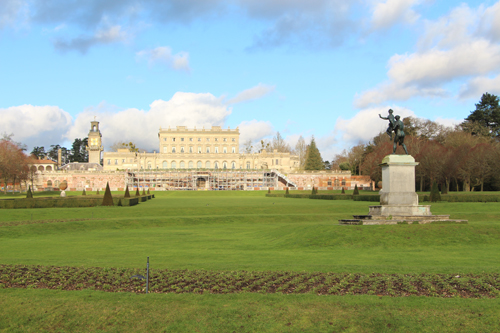







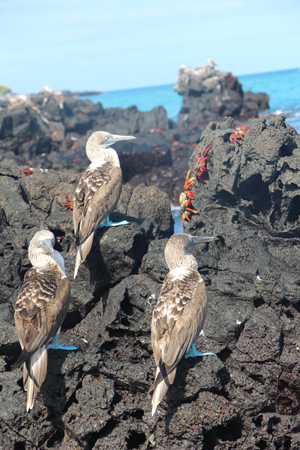
















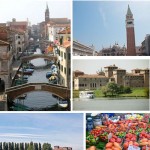









Recent Comments